Evaluation of primary wound healing and potential complications after perioperative infiltration with lidocaine without adrenaline in surgical incisions in dogs and cats
Evaluation of primary wound healing and potential complications after perioperative infiltration with lidocaine without adrenaline in surgical incisions in dogs and cats
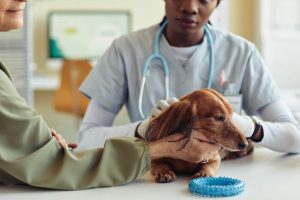
Open access
In our edition of: Aug 2023
In our categories of: small animals
our summary:
Herlofson, E.A.G., Tavola, F. and Engdahl, K.S. (2023) Evaluation of primary wound healing and potential complications after perioperative infiltration with lidocaine without adrenaline in surgical incisions in dogs and cats. Acta Veterinaria Scandinavica, 65, no. 21.
The aim of this randomised, double-blinded, placebo-controlled study was to evaluate the effect on primary wound healing of preoperative infiltration of local anaesthesia with lidocaine along the surgical incision by assessing surgical wounds clinically and with thermography. The authors hypothesised that preoperative lidocaine would not have a negative impact on wound healing at the time of clinical evaluation for suture removal (12–16 days after surgery).
The study was carried out at a university veterinary hospital in Sweden. Client-owned dogs or cats booked for surgery between April and October 2016 were eligible for inclusion in the study if they were scheduled for clean or clean-contaminated surgery and had an American Society of Anaesthesiologists (ASA) score of I or II, a body weight of at least 5 kg and a planned incision of 4cm or longer.
Patients were randomly allocated to either the lidocaine treatment group or the placebo group. The treatment group received 0.25 mL Xylocaine (lidocaine without adrenaline 10 mg/mL) per incision cm and the placebo group were given corresponding volumes of Sodium Chloride (NaCl). Injections were administered subcutaneously with a maximum dose of 5 mg lidocaine/kg. All study personnel and owners were blinded to treatment group.
Owners completed a questionnaire about the wound 5-7 days after surgery, answering absent or present for each of the following parameters: pain, wound dehiscence, redness, swelling, and suppuration. Photographic documentation of the incision site and thermal imaging was carried out by a veterinary surgeon 12-16 days after surgery. Wounds were scored for surgical site infection (SSI), pain and the presence of seroma, suppuration, redness, swelling and wound dehiscence.
The study included 49 dogs and three cats; one dog was included twice as it had two surgeries within the study period meaning 53 surgeries were included. There was no significant difference in either total scores or individual assessment parameters between treatment and placebo groups with regards to primary wound healing in either the owner questionnaire or veterinary examination. No significant difference was found between the thermography results for the two groups and there was no significant correlation between the total score from the veterinary protocol and the results from thermography. SSIs developed in 5/53 (9.4%) of surgeries, all of these were in the placebo group.
Limitations of the study included the small number of included surgeries, the very low number of included cats, that only ASA 1 or II patients were included and the subjective nature of the wound evaluations and the fact that veterinary assessment was only carried out at a single time point 12-16 days after surgery.
This study provides some evidence that the use of preoperative lidocaine does not have a negative impact on wound healing in patients with ASA status of 1 or II. Further studies with a larger study population including ASA II-V patients are encouraged.
The following may also be of interest:
Pavlidou, K. and Papazoglou, L.G. (2021) The effect of pre-emptive incisional bupivacaine block on postoperative pain after coeliotomy in dogs. Veterinary Evidence, 6 (1). https://doi.org/10.18849/ve.v6i1.325
National Audit for Small Animal Neutering [RCVS Knowledge] [online] Available from: https://knowledge.rcvs.org.uk/quality-improvement/tools-and-resources/vetaudit/nasan/ [Accessed 19 August 2023]
Claiming CPD for reading inFOCUS articles
Reading and reflecting on articles can count towards your CPD, and we have a template to help you with the process.
Image copyright attribute: seventyfour74


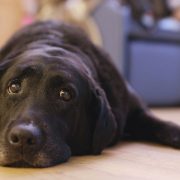
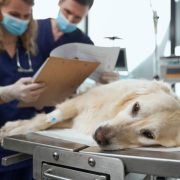
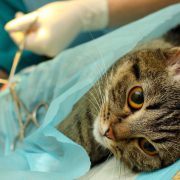
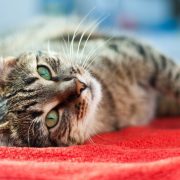
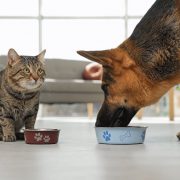


Leave a Reply
Want to join the discussion?Feel free to contribute!